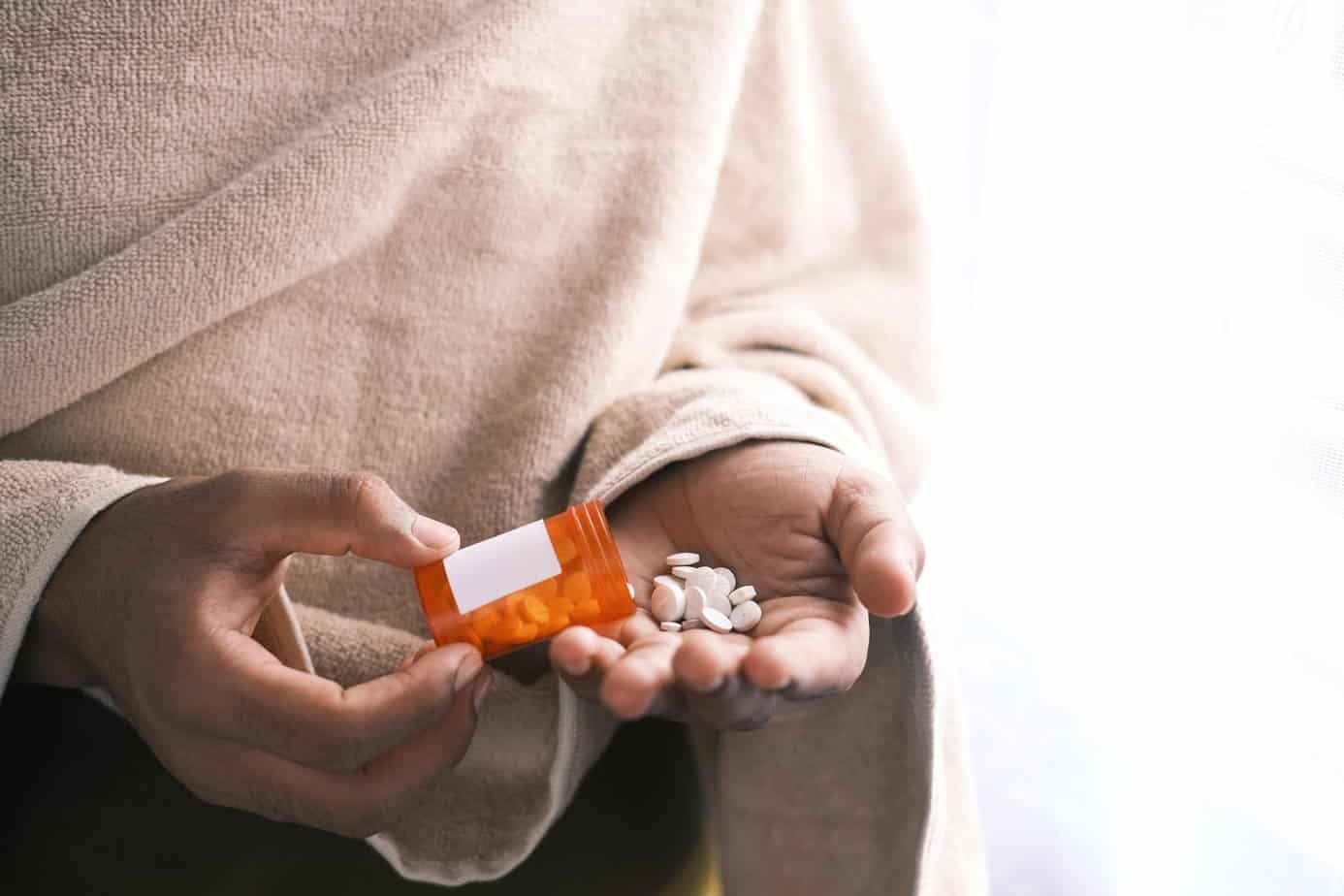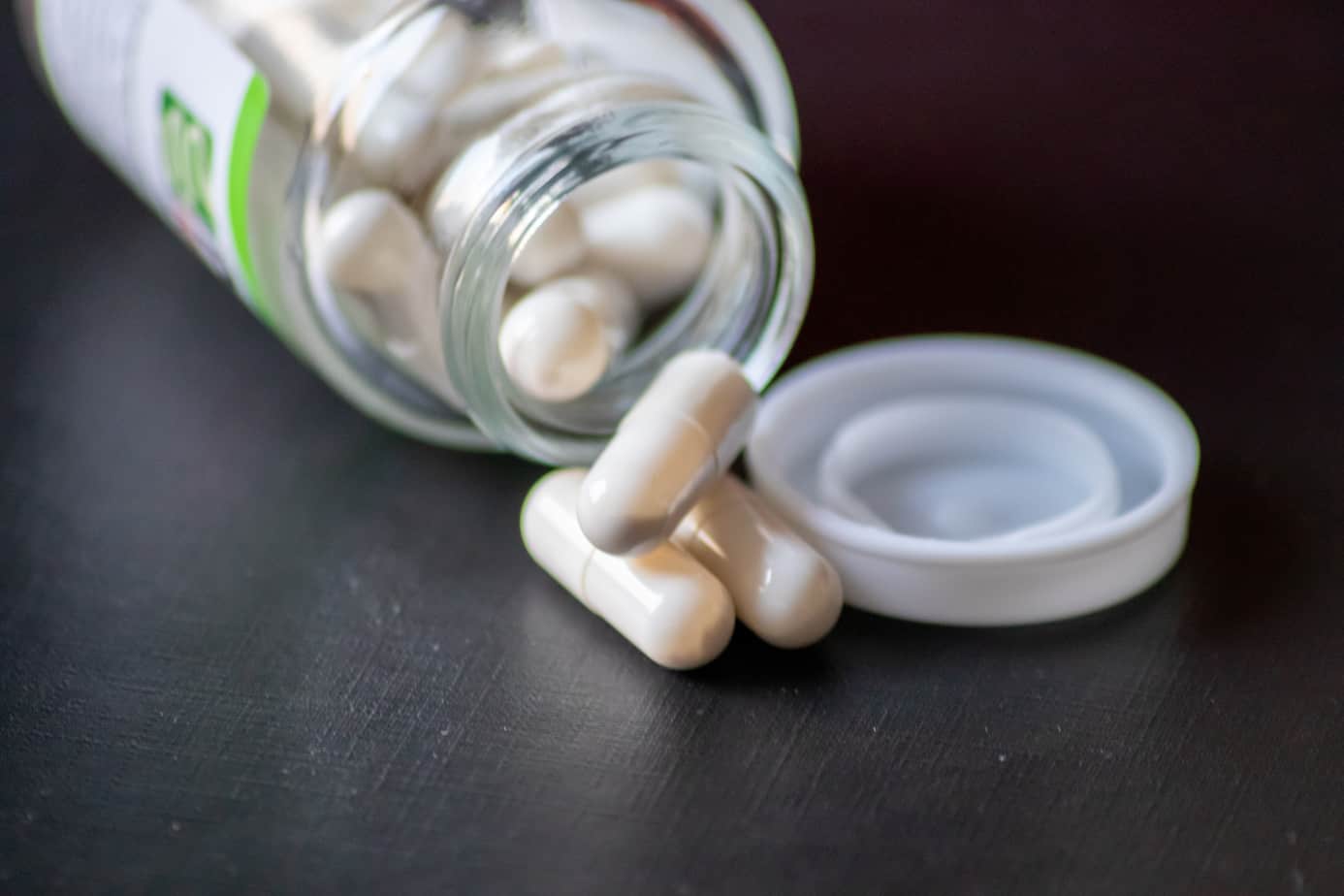Social gatherings often involve joy, laughter, and alcohol consumption. While it can be a typical part of these events, it’s important to recognize the implications of alcohol consumption, particularly the emerging trend of high-intensity drinking. This phenomenon, characterized by consuming excessive amounts of alcohol in a short time, poses serious health risks and societal concerns. Learn more about high-intensity drinking vs. binge drinking, its definitions, trends, risks, and strategies for responsible consumption.
Understanding High-Intensity Drinking
High-intensity drinking refers to a pattern of alcohol consumption where individuals exceed the standard binge drinking thresholds significantly. Well, what is binge drinking? It is typically defined as consuming four or more alcoholic drinks for women and five or more for men within a short period; high-intensity drinking takes this a step further. If you define a drink, it is typically one 12 oz. beer, one 5 oz. glass of wine, or 1.5 oz. of hard liquor, since there are different types of alcohol. Many ask, is a shot equal to a beer? Technically, yes, however, drinkers tend to consume shots quickly because of their smaller size, which can get a person drunk fast. Specifically, high-intensity drinking involves consuming at least eight drinks for women and ten for men in a single sitting.
Definition and Distinction
The distinction between high-intensity drinking vs. binge drinking is essential for understanding high-intensity drinking risks and its health effects. Binge drinking can lead to acute intoxication, whereas high-intensity drinking is often linked to extreme levels of intoxication that can result in severe health issues. This trend has gained attention recently, especially among younger demographics, particularly college students who may engage in this behavior during social events and holidays.
Social Context and Occasions
There are many justifications and reasons for alcohol consumption. High-intensity drinking is frequently observed during special occasions, such as holidays, concerts, birthdays, and sporting events. These events often foster an environment conducive to excessive drinking, driven by social norms and peer pressure. Research indicates that individuals are more likely to engage in holiday drinking, leading to a spike in drunk driving wrecks and alcohol-related incidents.
The Rising Trend of High-Intensity Drinking
Recent studies have highlighted a concerning increase in high-intensity drinking, particularly among middle-aged adults. While young adults have traditionally been associated with binge drinking, there is a notable shift as older demographics begin to partake in high-intensity drinking practices. Why does drinking alcohol get riskier as you age? It simply takes a harder toll on your brain and body.
Statistics and Research Findings
According to data from the National Institute on Alcohol Abuse and Alcoholism, over one in eight individuals aged 27 to 28 reported consuming 10 or more drinks on a single occasion. This statistic underscores the growing prevalence of high-intensity drinking among young adults, despite a general decline in binge drinking rates among this age group.
Factors Contributing to High-Intensity Drinking
Several factors contribute to the rise in excessive drinking, including social expectations, the desire for connection, and the normalization of excessive drinking in certain social circles. The pressure to fit in or celebrate can lead individuals to consume alcohol beyond safe limits, often resulting in dangerous consequences. Can you reverse alcohol damage? Many times, yes, but it is possible to damage the liver beyond help.
Health Risks Associated with High-Intensity Drinking
Engaging in high-intensity drinking can have severe health implications, both in the short and long term. Understanding these risks is crucial for individuals tempted to indulge excessively during social gatherings.
Immediate Health Consequences
How long does it take for alcohol to affect you? In most cases, immediately. One of the most immediate risks of high-intensity drinking is alcohol poisoning, which occurs when the BAC (stands for blood alcohol concentration) reaches dangerous levels. Symptoms may include confusion, vomiting, seizures, slow breathing, and unconsciousness. In extreme cases, alcohol poisoning can be fatal.
- Increased risk of accidents: Individuals who engage in high-intensity drinking are more likely to experience accidents, injuries, and even fatalities due to impaired judgment and coordination. Drinking and driving is also a concern.
- Risky behaviors: High-intensity drinkers may engage in risky sexual behaviors, leading to unintended consequences such as sexually transmitted infections (STIs) or unplanned pregnancies.
Long-Term Health Effects
The long-term health consequences of high-intensity drinking can be equally alarming. Chronic heavy drinking can lead to
- Liver damage
- Cardiovascular diseases
- Mental health disorders
Additionally, those who frequently engage in excessive drinking are at a higher risk of developing alcohol use disorders, going far beyond the realm of a “social drinker.”
Recognizing the Signs of High-Intensity Drinking
Understanding the signs of high-intensity drinking is vital for both individuals and their friends or family members. Recognizing these behaviors can help intervene before serious consequences arise. Counseling for alcohol addiction and alcohol support groups are always available if someone needs help.
Behavioral Indicators
Some common indicators of high-intensity drinking include:
- Frequent intoxication: Regularly consuming large amounts of alcohol in a short time frame.
- Blackouts: Experiencing memory loss or lapses in judgment during drinking episodes.
- Neglecting responsibilities: Failing to fulfill obligations at work, school, or home due to drinking.
Seeking Help
If you or someone you know exhibits these signs, it may be time to seek help. Various resources, including rehabilitation centers, counseling services, and support groups, can assist in addressing high-intensity drinking behaviors.
Understanding the Legal Implications
High-intensity drinking can also have legal repercussions. Being aware of the laws surrounding alcohol consumption is essential for individuals to avoid potential legal issues.
DUI Laws
Driving under the influence (DUI) laws vary by state, but most jurisdictions impose strict penalties for operating a vehicle with a BAC above the legal limit. Engaging in high-intensity drinking increases the likelihood of drinking and driving, and leads to severe legal consequences, including fines, license suspension, and even imprisonment.
Social Host Liability
Hosts of social gatherings should also be aware of social host liability laws, which can hold them accountable for the actions of their guests. If a guest becomes intoxicated and causes harm to themselves or others, the host may face legal repercussions.
As the holiday season approaches and social gatherings become more frequent, understanding the implications of high-intensity drinking is more important than ever. By recognizing the signs, understanding the risks, and implementing strategies for responsible drinking, people can enjoy their celebrations while prioritizing their health and safety.
If you or a loved one is struggling with addiction, Mountainside can help.
Click here or call (888) 833-4676 to speak with one of our addiction treatment experts.

 By
By 







